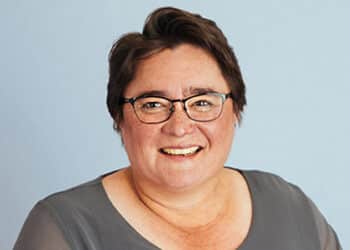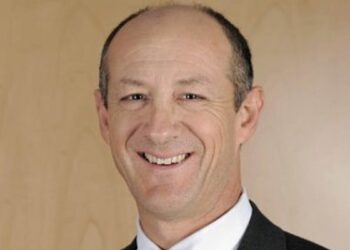The Stake Ambition Report has revealed that 53 per cent of Australian investors worry about not retiring comfortably but many are actively addressing this through SMSFs.
The report revealed that of Stake customers who already hold an SMSF, 48 per cent were aged 44 years or younger, indicating Australians are keen to engage with SMSFs earlier to unlock long-term advantages if given an affordable and accessible option.
Jon Howie, CEO at Stake, told SMSF Adviser that young Australians are now more actively involved in their superannuation and retirement plans than previous generations.
“There are a lot of channels out there where young people are getting information and social media is one of them. There are lots of Reddit forums where young people come together to discuss things like FIRE (financial independence, retire early). It’s a social movement,” Howie said.
“I think that old recipe of going to college, getting a job, your employer choosing your retirement plan, doesn’t apply anymore. Young people don’t think it applies to them for a very good reason. Property prices make it difficult to buy a home, there have been large financial institutions that have degraded trust and there is a sense that if I don’t pay some attention [to their superannuation] they will get left behind. Additionally, it is now easier to establish an SMSF and create a high-quality portfolio that they can choose to participate in.”
He continued that technology is a driving force in the uptake of SMSFs by younger members, which is offering them a much more diverse choice in how they plan for their retirement years.
“There were effectively three choices as a superannuation customer a decade ago – employer fund, industry fund of which some were closed to non-union members, or managing it yourself but to do that you had to go and see an accountant and deal with the paperwork, audit and administration each year,” he said.
“Fast forward to today and the fact is that the amount of work to run an SMSF hasn’t changed but technology has made it much easier. There is a threshold where people start work, and there’s no money in their superannuation but as soon as they get late 20s or 30s and there is a bit more in the fund there is a switch that goes off and they think about it.”
The Stake Ambition Report found that the most popular allocation for investment in SMSFs was ETFs, which is in line with the broader investment trends and one that was also highlighted in the most recent Class Annual Benchmark Report.
Stake’s analysis found that SMSF holders have increased their allocation to ETFs with 31 per cent of SMSF holders net buyers of index or thematic ETFs in the past year and 28 per cent planning to reinvest in ETFs in the coming year.
The report highlighted that ETFs remain the most popular type of equity for those with less than five years of experience [in investing] and after 6-10 years individual shares start to overtake ETFs, suggesting that people become more confident in choosing stocks with time spent in markets.
Additionally, 47 per cent of 18 to 24-year-old investors and 45 per cent of those aged between 25 to 34 were net buyers of index fund ETFs in the past year in contrast to just 13 per cent for those aged 55 to 64, and 6 per cent of over-65s.
Howie said younger SMSF members know they need to engage with their retirement plan, and the report indicates that ETFs are allowing them to not only have a degree of control of their investments but also the ability to invest in a more diversified, more cost-effective manner.
“One of the advantages of an SMSF is the use of ETFs and the diversified portfolios being constructed. SMSF investors understand and buy into the need for long-term investment strategies and they manage the risk, but younger SMSF members are also engaged with their technology,” he said.
“They want the ability to invest in technology and AI stocks, which encourages them to stay engaged with their retirement. If you can look at [your investments] and see the change in the prices of the stocks in which they are participating in capital markets it is a positive thing. When people feel excluded they become apathetic about things like fees and performance and what we have seen is that it’s not about 100 per cent control of their investment, but a seat at the table, which is encouraging.”


